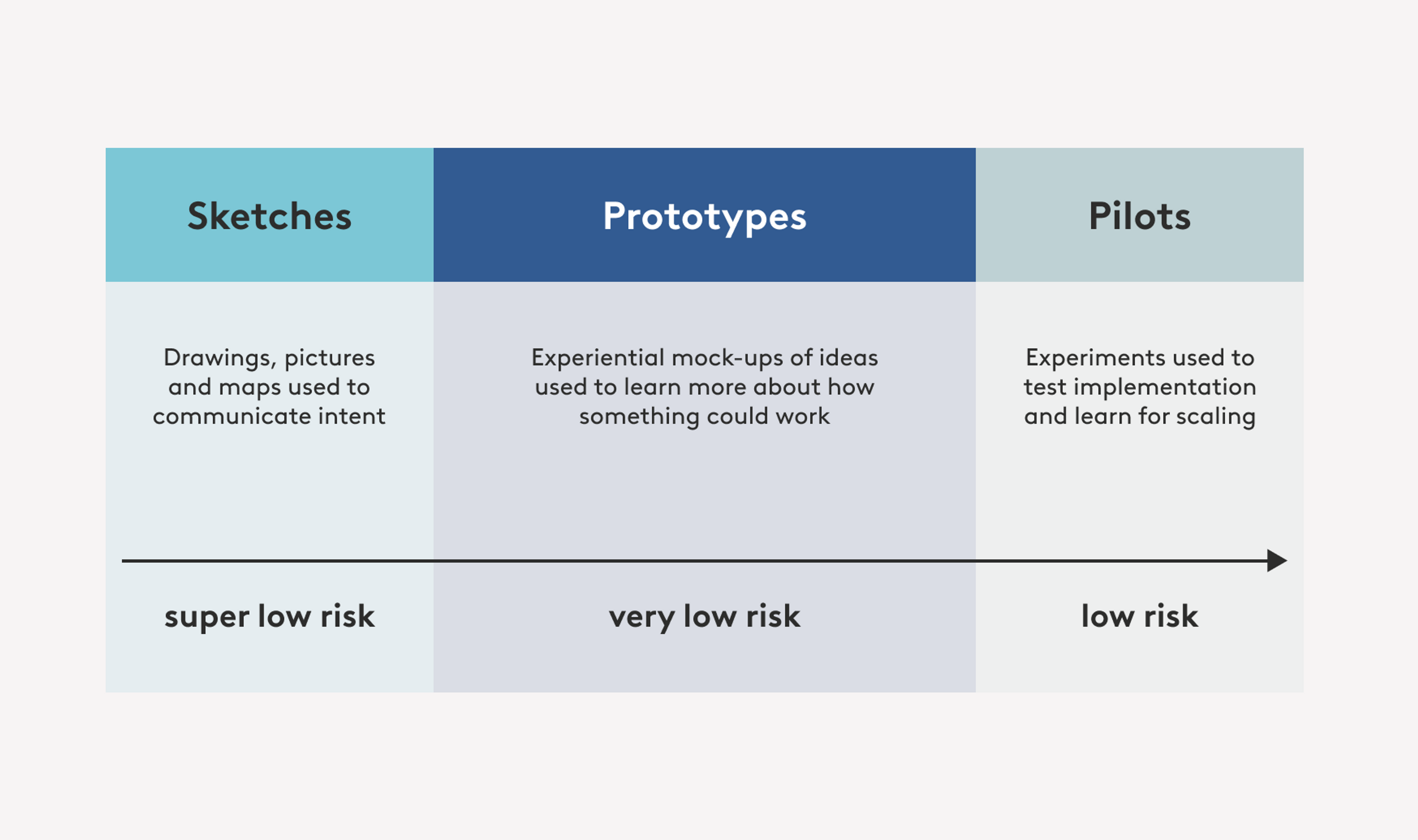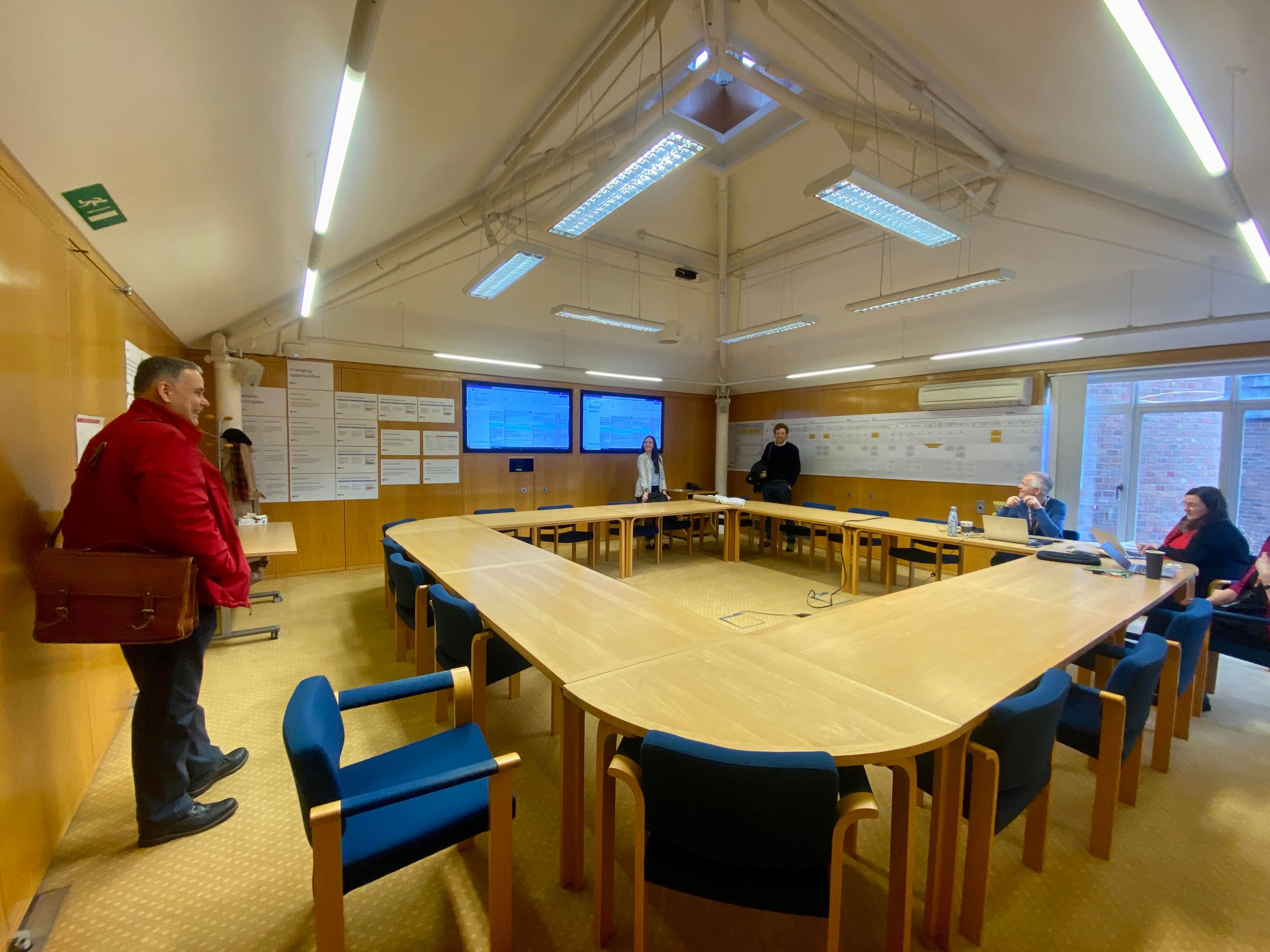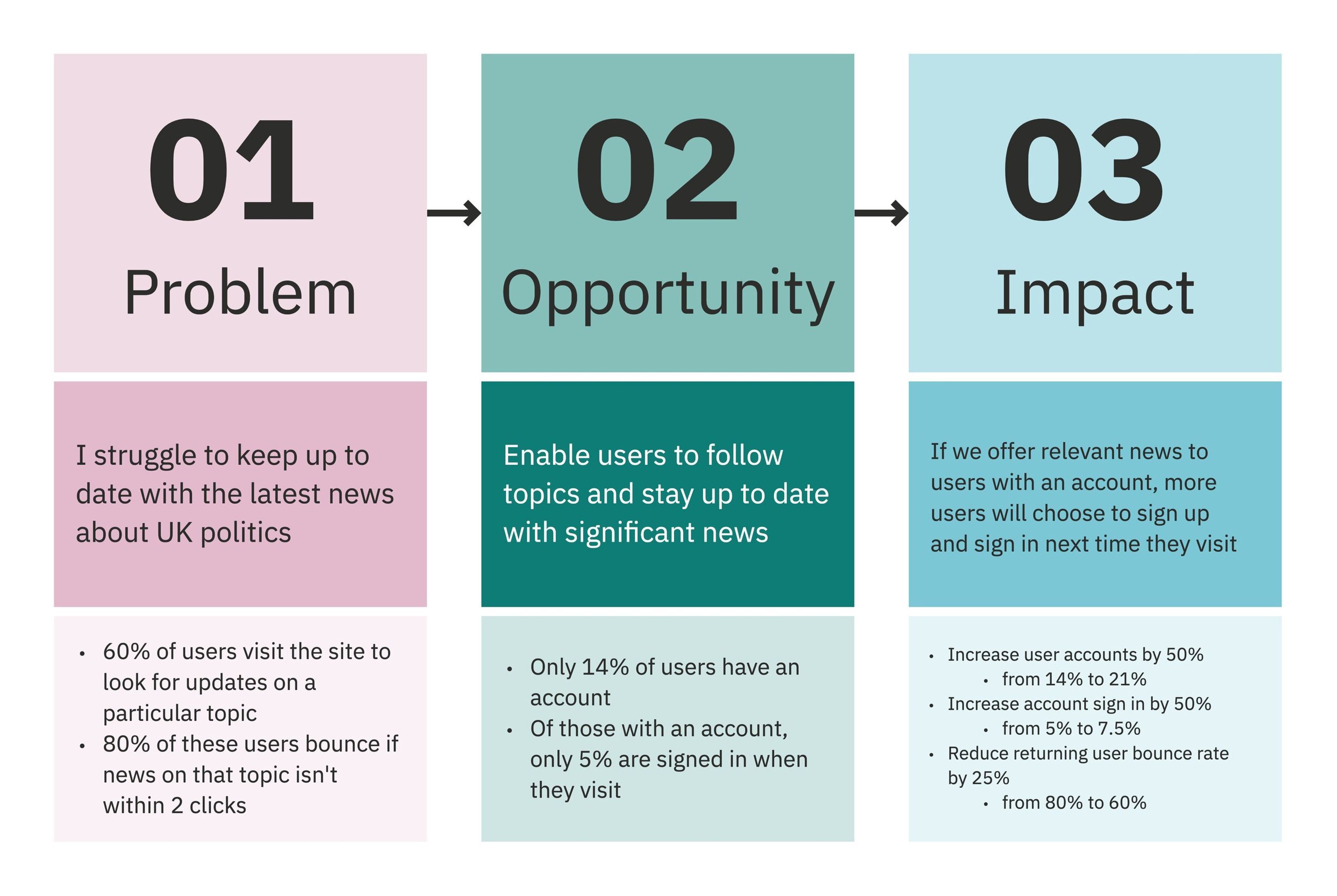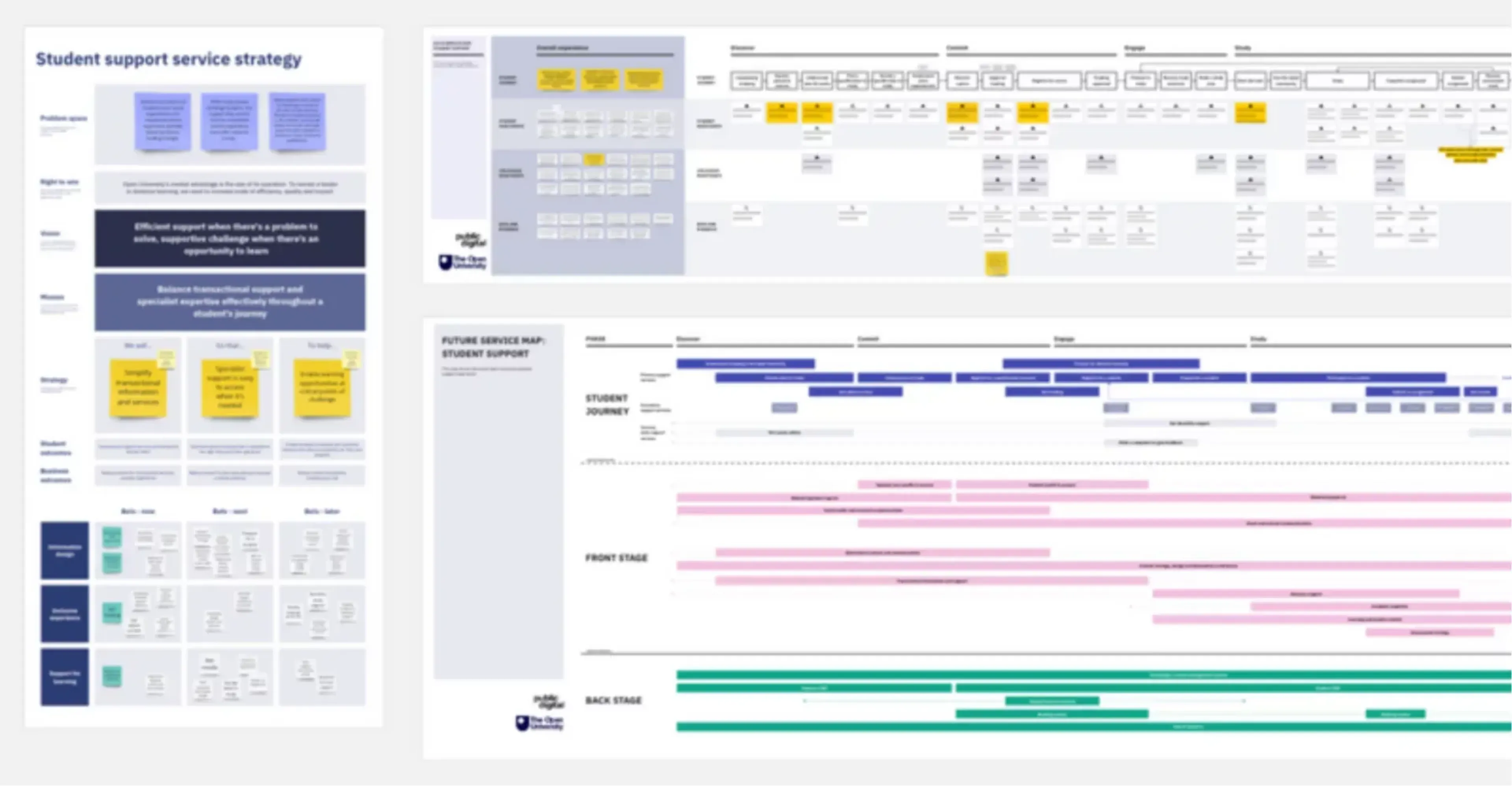
Taking a student-centred approach to strategy at the Open University
Public Digital has been working with the Open University (OU) since September 2022. At the start of our engagement, the OU set out to improve the support they offer to students, while making their operation more efficient and growing their business. Although they were already making improvements across individual channels, we needed to consider improvements across the whole journey.

The problem
To get started, we identified pain points in the service journey and mapped out the needs of students, colleagues, and the business. Some examples included student drop-out rates that correlated with unclear processes, and students needing to contact the university after struggling to understand information.
Above all, the research helped us to identify a pattern. We found that OU’s services offered two very different types of support: transactional and advisory. Transactional support was for problem-solving, while advisory support was for guidance and direction. Examples of transactional services included ‘register for a course’ and ‘submit an assignment’. Advisory services included areas such as ‘choose pace of study’ and ‘prepare for distance learning’.
Examining the transactional support, we found opportunities for digital self-serve (rather than telephone or live chat) across many of these services. This would free up the business’s human support to focus on valuable conversations in advisory services.
We believe that commercial success is inextricably linked to delivering value to users. By understanding the pain points students faced, we applied our customer-first approach to design solutions that not only improved user experience but also delivered operational efficiencies.


The solution
We created a list of support services, split by transactional and advisory, and prioritised four of these which we identified as mutually beneficial for the student experience and the commercial goals of the business. As a starting point, we focused on improving just these four services, with the aim to test and scale later. We calculated the cost to serve and estimated the commercial opportunity with a balance between efficiency and growth.
Our method involved becoming radically user-focused, leveraging research and data to identify where the student experience was falling short. This approach ensured that any improvements made were directly tied to user needs, driving satisfaction and retention while simultaneously enhancing business performance.
This gave OU clear sight of how to meet student needs and achieve commercial gain while organising teams around their support services to enable delivery internally.
In any organisation, it's easy to lose sight of customer needs while chasing business targets. Our work with OU demonstrates that by aligning commercial objectives with user needs, we build trust and create a sustainable model for growth.

